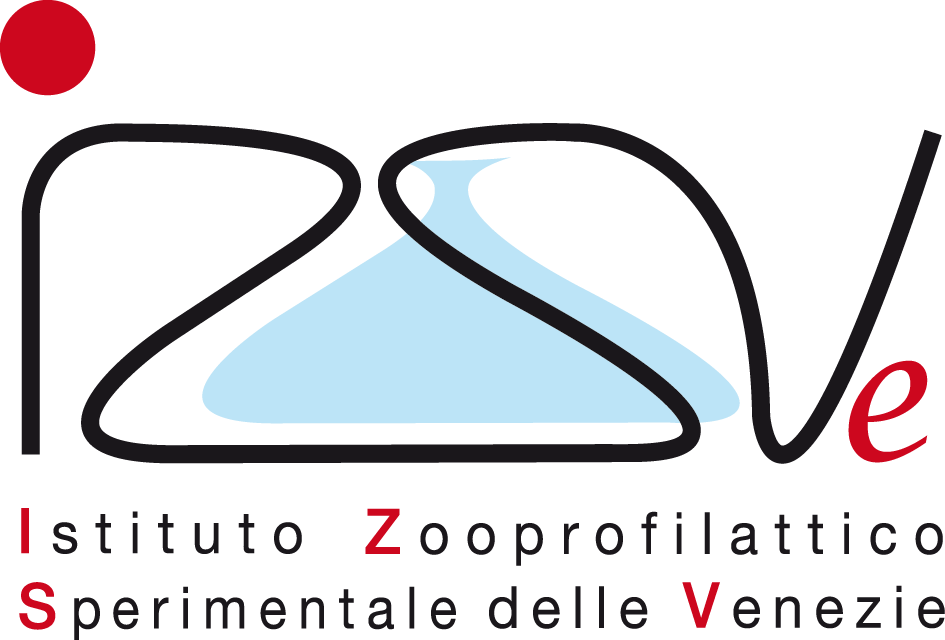The use of GIS in animal disease response
P.R.China |
12-16 March |
Free of charge |
Maps have always played an important role in the management of disease response. More than one hundred years ago, John Snow (an English physician widely considered to be the father of [modern] epidemiology) used maps to identify the source of the London cholera outbreaks. The modern application of Snow's method is the Geographic Information Systems (GIS) tool.
Several examples of GIS applications in the surveillance and monitoring of animal diseases have been developed all around the world; nevertheless, applying GIS technology to veterinary sciences is not a trivial matter: it requires substantial background and skills in GIS discipline, and, most of all, specific knowledge of data collection, spatial data manipulation and data analysis related to veterinary usage.
The purpose of this GIS-course is to train veterinarians (of either national or local veterinary health authorities), technicians of the veterinary service, university researchers involved in the field of GIS and related activities on the use of GIS as a tool for animal disease management in general, and in the control of emerging avian diseases in particular.
By the end of the course, participants will have a thorough understanding of the GIS basic features, data collection, and explorative spatial data analysis for emergency responses to animal diseases.



